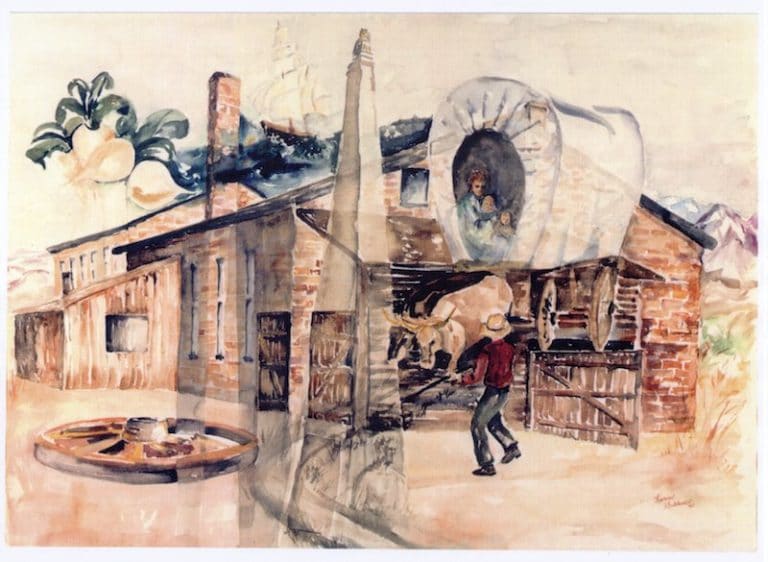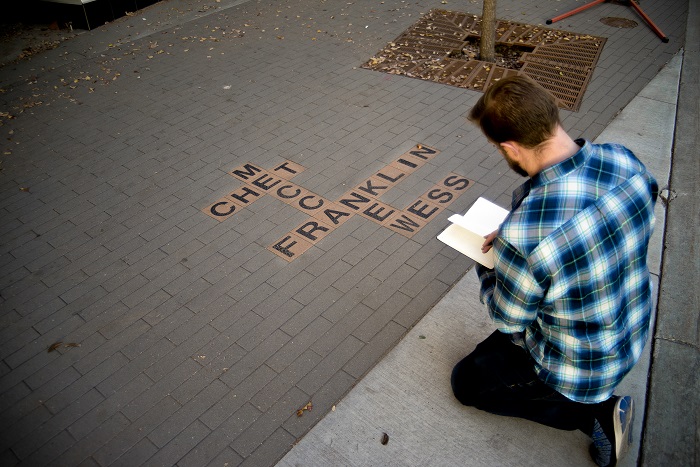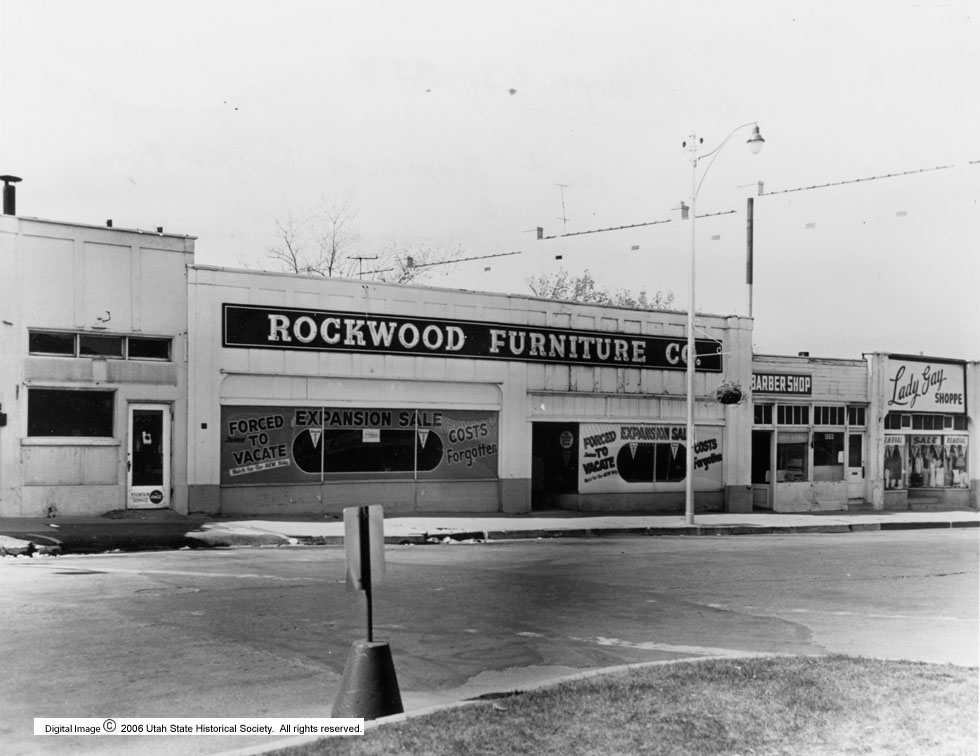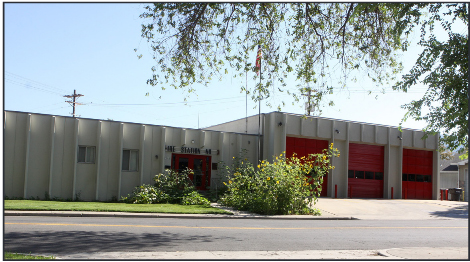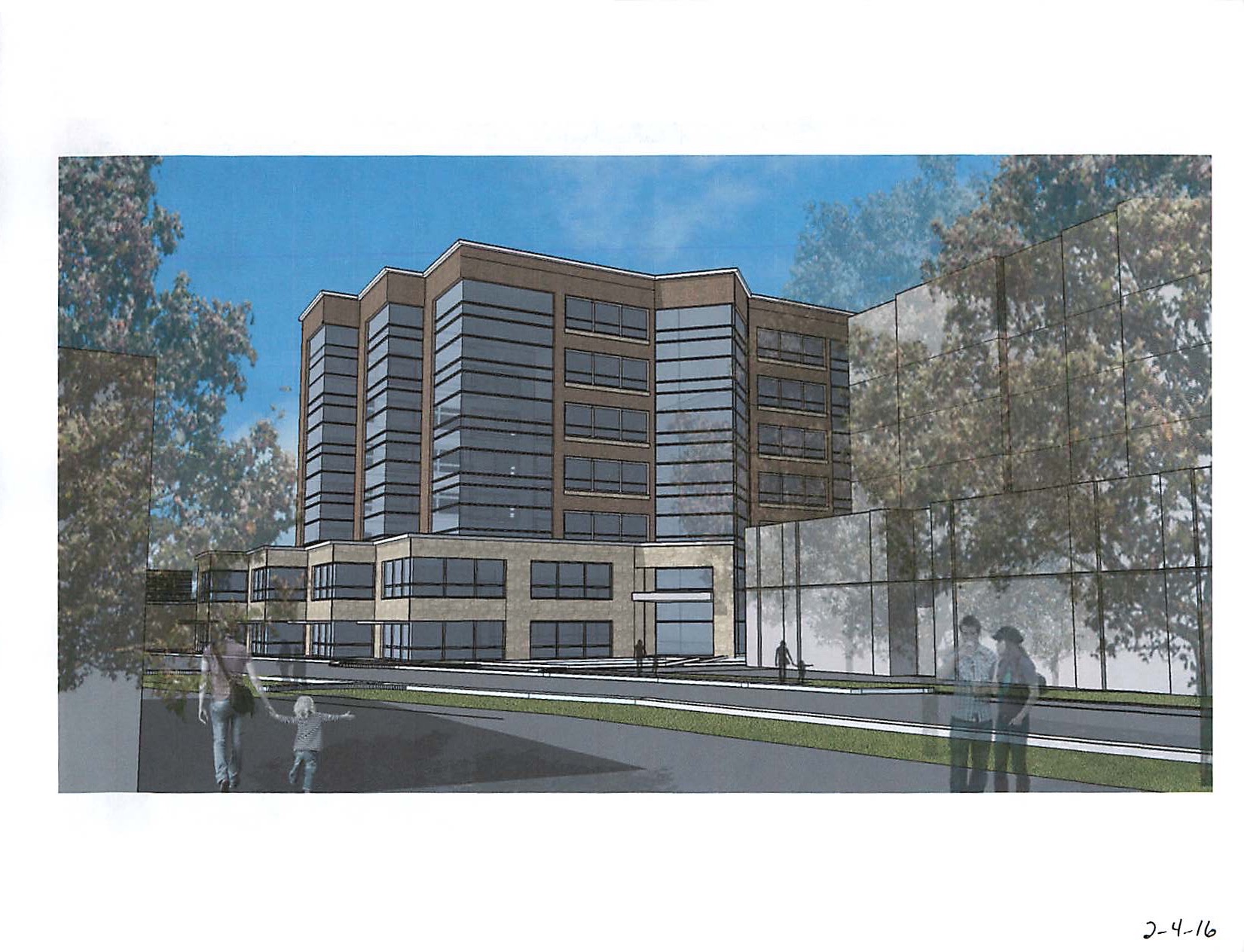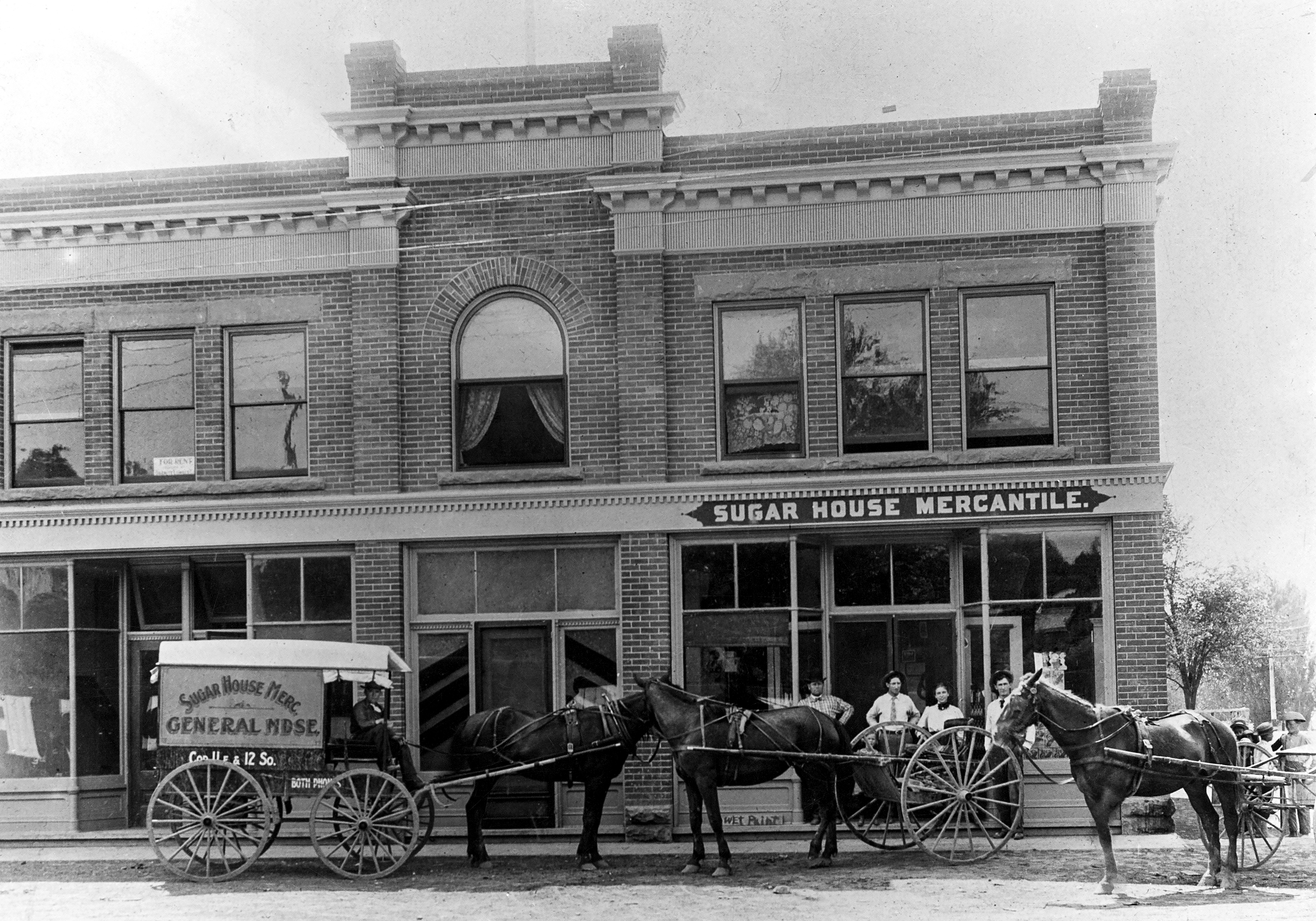Lynne Olson
-

Sugar House Anticipates Another Three to Four Years of Construction Mayhem
Business tenants and residents of the Vue and the Sugarmont Apartments, as well as occupants of the Rockwood Studios and 2100 Sugar House, can anticipate another three or four years…
-

Sugar House: Sugar Alley Fire Aftermath
Construction was well underway when Sugar Alley caught fire on October 25, 2022 greatly impacting nearby businesses for months afterwards.
-

Chains Not Interested in Sugar House Decorations
These questions remain: Shouldn’t the large regional and national businesses in the SHBD support the community that supports them? Where will the Santa Shack go at the end of this…
-

Ty’s Garden Dedication in Memory of Dr. Ty Harrison
“Ty was always our “Lorax” at Westminster” she added. “As Dr. Seuss says, ‘He speaks for the trees.’ This piece of Hidden Hollow that now will bear his name is…
-
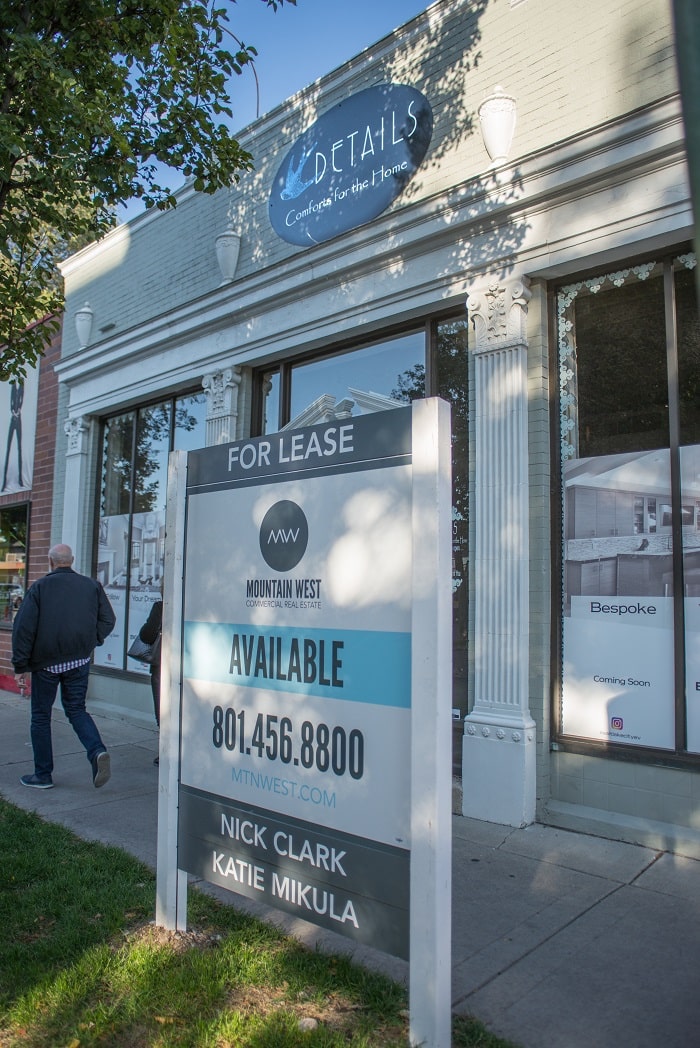
Sugar House—Furniture Capital of the West
Sixty years ago, Sugar House was known as the “Furniture Capital of the West,” with 21 home furnishings stores in the business district. Today, there is only one full-line furniture…
-
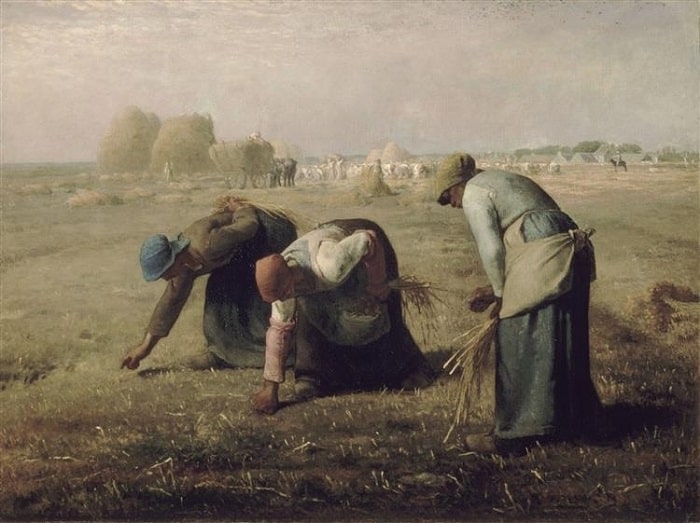
Urban Gleaners from Green Urban Lunch Box
The contemporary idea of gleaning has earned a more respectable reputation with the rise of programs such as the one operated by Green Urban Lunchbox (GULB), a non-profit organization that…
-

Great West Food Desert: City Seeks to Improve Food Options on Westside
Food deserts are areas occupied by people lacking the income to buy healthy food or do not have access to foods that are considered part of a balanced diet. By…
-
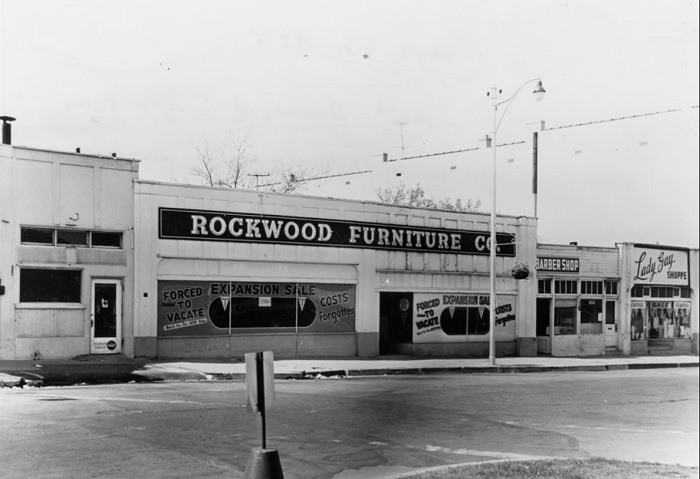
Rockwood Furniture: Rockwood Family is still a Bedrock of Sugar House Business
“Rockwood Furniture, the oldest name in Sugar House, has just become the newest, most up-to-date furniture concern in the Intermountain West.” – Sugar House Bulletin, December 1954.
-
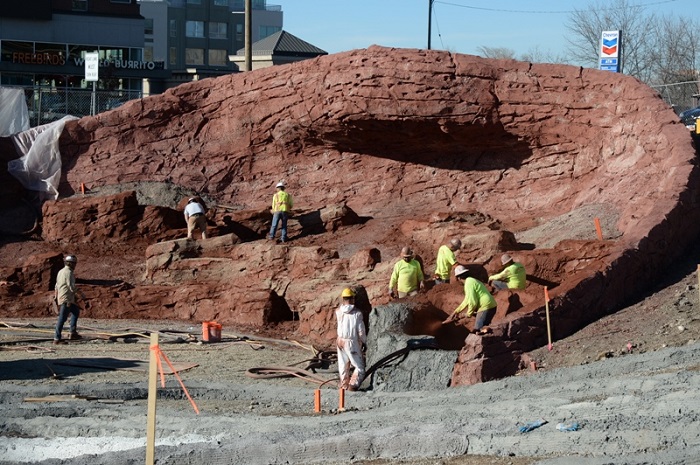
Sego Lily Update in Sugar House
Construction of the Sego Lily will be finished in December, and the Draw will re-open at that time.
-

Sprague Library and the Sugar House Flood
Water from Parley’s Creek overwhelmed the retention pond in Hidden Hollow and poured more than five feet of water into the Sprague Library basement.

